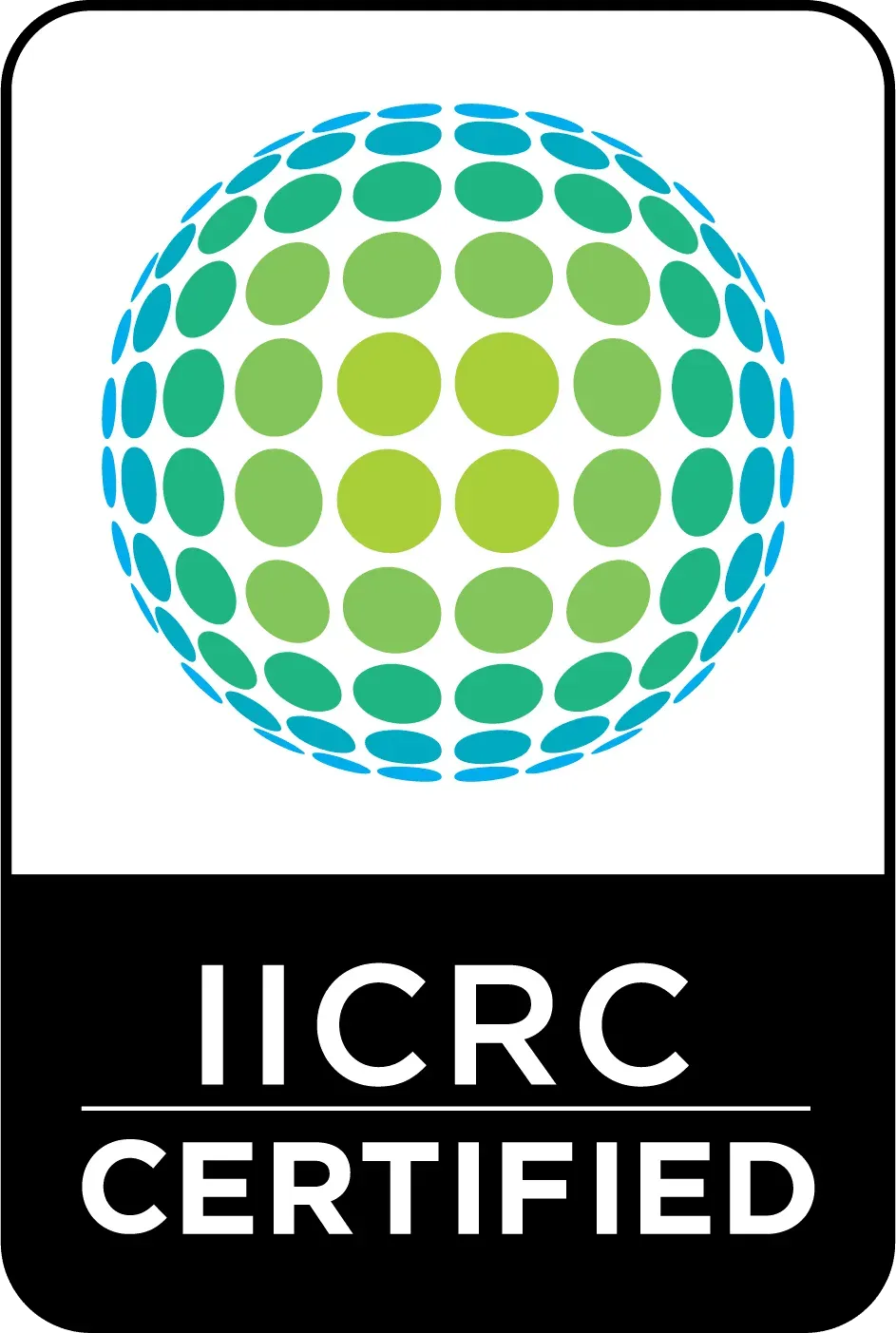Cleantrust-Certified Water and Flood Restorers
Water damage is more than meets the eye. It seeps into structural crevices, creating hidden pockets of saturation that, if left unchecked, can lead to extensive damage. At Hasgoe in Evansville, IN, our certified professionals understand the intricacies of water damage remediation, employing advanced techniques and equipment to restore your property to its pre-loss condition swiftly and effectively. Contact us now to mitigate damage and restore your property to its pre-loss condition.
Understanding Water Damage
Detecting water in concealed areas requires specialized tools like moisture detection meters. Undetected moisture not only leads to structural deterioration but also fosters odors and mold growth. Timely intervention is crucial to mitigate further damage and prevent health hazards.
Comprehensive Remediation Solutions
Our cleantrust certified professionals go beyond water removal, ensuring thorough drying of your home or facility, including substructure materials. By addressing moisture sources promptly, we prevent mold growth and other potential health issues, safeguarding your property and your well-being.
What Should You Do to Prepare for Water Damage Cleanup?
To prepare for water damage cleanup and remediation, here are some essential "Dos and Don'ts" for customers:
Do's
Eliminate the source of water to prevent further damage.
Turn off circuit breakers to wet areas to avoid electrical hazards.
Minimize tracking to dry areas to prevent the spreading of moisture.
Secure small furniture items and protect them from further damage.
Hang draperies and pin up furniture skirts to facilitate drying.
Develop a plan for removing furniture from affected areas to expedite remediation.
Dont's
Enter areas with standing water, as they may pose safety risks.
Place newspaper on wet surfaces, as it can further damage materials.
Walk on wet surfaces more than necessary to avoid spreading moisture.
Activate the HVAC system, which can spread contaminants.
Adjust indoor temperature, as it may interfere with the drying process.
Water & Flood Remediation Service Area
Based out of Evansville, IN Southwest, IN, Hasgoe specializes in Residential and Commercial services throughout southern Indiana, Western Kentucky, and Southern Illinois. We proudly serve the following communities and more. Call today to inquire about service in your area.
- Boonville, IN
- Chandler, IN
- Elberfeld, IN
- Evansville, IN
- Ft. Branch, IN
- Haubstadt, IN
- Jasper, IN
- Mt. Vernon, IN
- New Harmony, IN
- Newburgh, IN
- Oakland City, IN
- Petersburgh, IN
- Poseyville, IN
- Princeton, IN
- Rockport, IN
- Vincennes, IN
- Washington, IN
- Henderson, KY






